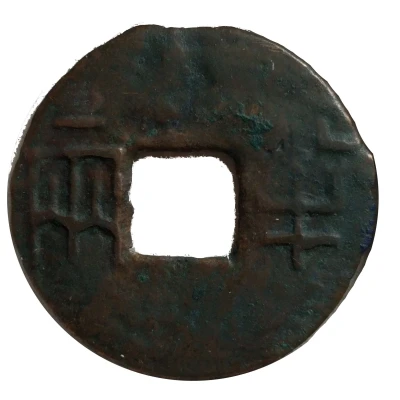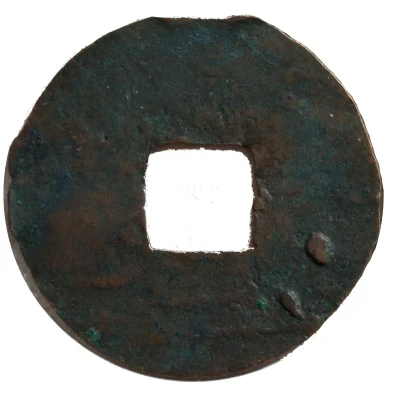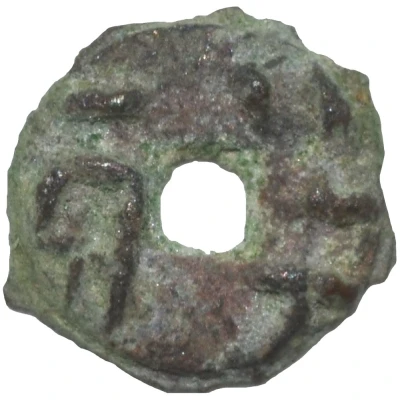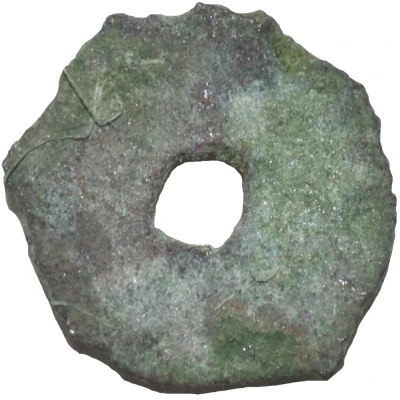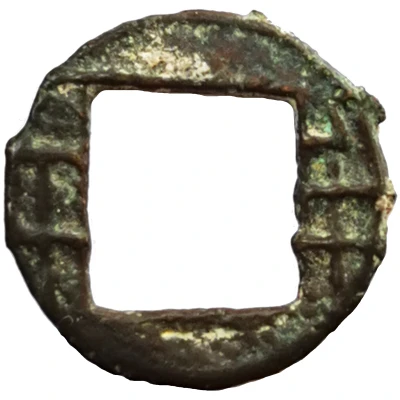
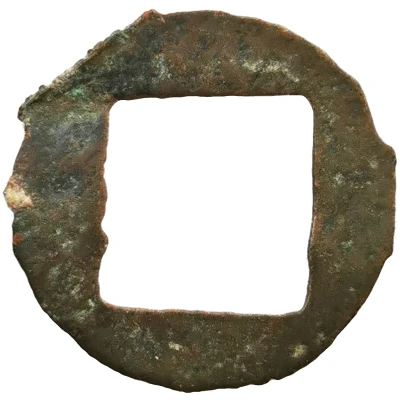

© Sleepybird (CC BY-NC-SA)
½ Liang "Elm seed" type 202 BC - 180 BC
| Bronze | 0.32 g | 14 mm |
| Issuer | China (ancient) |
|---|---|
| Period | Western Han Dynasty (202 BC - 8 BC) |
| Type | Standard circulation coin |
| Years | 202 BC - 180 BC |
| Value | ½ Liang |
| Currency | Liang (300-118 BC) |
| Composition | Bronze |
| Weight | 0.32 g |
| Diameter | 14 mm |
| Shape | Round with a square hole |
| Technique | Cast |
| Orientation | Coin alignment ↑↓ |
| Demonetized | Yes |
| Updated | 2024-10-09 |
| Numista | N#197013 |
|---|---|
| Rarity index | 85% |
Reverse
Blank (uniface).
Edge
Plain
Comment
After the establishment of the Western Han Dynasty, Emperor Kao Tsu (202-195 BC) officially started to issue these "Elm seed" Ban Liang pieces, which were lighter than the majority of Ban Liangs made during Qin Dynasty. The size and weight of these pieces were further reduced due to the poor economic condition and rising inflation.Interesting fact
One interesting fact about the Standard circulation coin ½ Liang ("Elm seed" type) from ancient China is that it was used as a form of currency during the Han Dynasty, which was a time of significant economic growth and cultural development in China. The coin's design, which features a square hole in the center and a rimmed border, was meant to prevent counterfeiting and ensure the coin's authenticity. Additionally, the use of bronze as the material for the coin was a deliberate choice, as it was a durable and widely available metal that could withstand the wear and tear of daily use. Overall, the Standard circulation coin ½ Liang ("Elm seed" type) is a fascinating piece of history that provides insight into the economic and cultural practices of ancient China.
